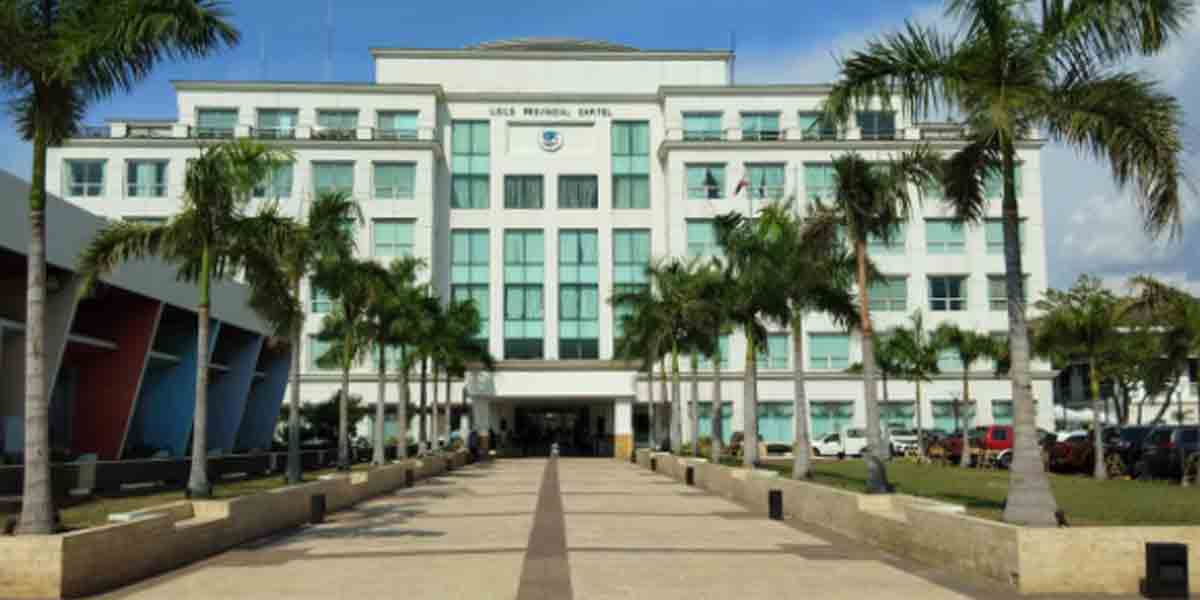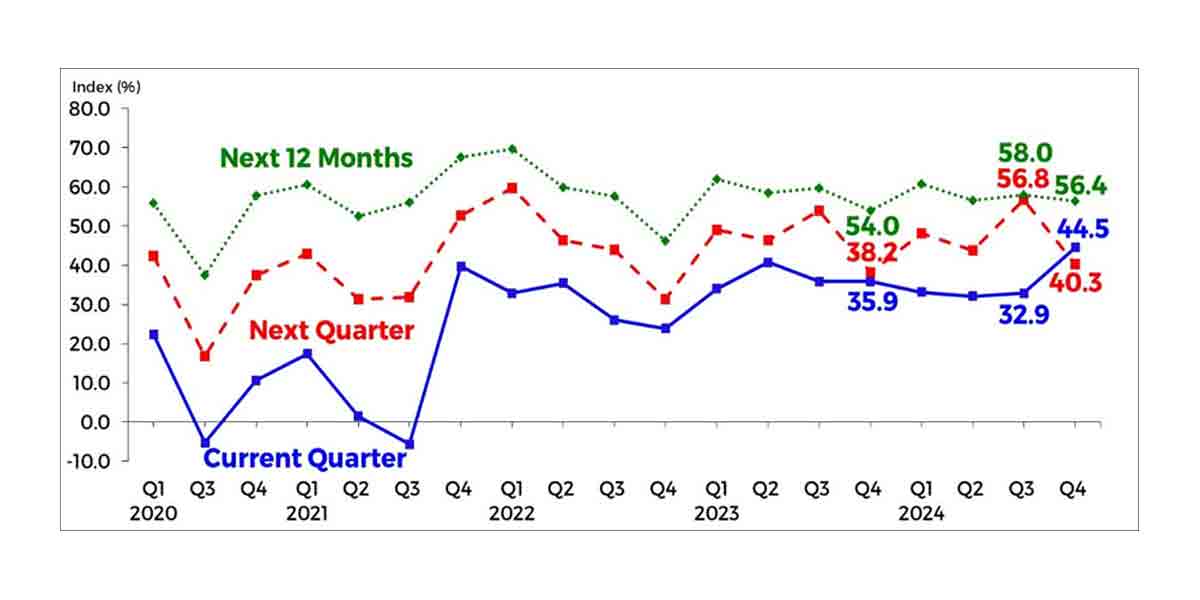
By Rjay Zuriaga Castor and Francis Allan L. Angelo
The top honcho of SM Engineering Design & Development (SMEDD) Corp. said they do not have a specific and concrete set of guidelines in redeveloping and maintaining properties such as cultural heritage sites.
Hans Sy Jr., SMEDD Corp. president emphasized that the aspect of conservation of cultural heritage sites remains a topic of constant debate within their group.
“This is something that has been constantly debated, but there are no clear rules for it. There are no clear set guidelines,” Sy said when asked about SM’s policy on cultural conservation and preservation.
“For example, the shanty house of the national hero—is that heritage? Yes, it is, but it’s just… There are many classifications to heritage,” he added.
The SMEDD Corp. president was speaking to the “People, Parks, Pavements and Palate” forum conducted by the Iloilo City government in partnership with SM City Iloilo on Friday, September 6.
SMEDD Corp. is a subsidiary of SM Prime Holdings, Inc. (SMPHI) that specializes in design, construction, and maintenance of SM-owned malls and other commercial properties.
Sy underscored that, as property developers, their plans are guided by a fundamental question: “What are we trying to conserve?”
Citing the rehabilitation of the Iloilo Central Market as an example, Sy shared that their initial approach to its rehabilitation was to avoid causing harm or disrupting the existing structure, recognizing the historical value seen by Iloilo residents.
He emphasized that they also discussed what should be conserved within the market’s facilities and what the public could gain from it.
“When we look at the immediate area, there weren’t really that many… but with one, we knew that Iloilo loved it,” he said.
He added that their decision to preserve the market’s facade was based on the importance of maintaining a connection between past experiences and the present.
“There is value in that connection, so we decided at that time that maybe the right call is to maintain the facade” he added.
Sy further explained that while the external appearance was worth conserving, the interior required modernization.
“When we look at the inside […] what can we boast about it? There wasn’t really that much inside,” he said, pointing out that many buildings globally blend historical exteriors with modern interiors.
Sy emphasized that the policy of conservation depends on various factors.
“In the conservative policy—it really depends. No, it’s not a great answer […] It very much depends on what this building is going to end up being,” he explained.
The SMPHI is funding the ongoing rehabilitation of the Iloilo Central Market and the Iloilo Terminal Market through a public-private partnership scheme with the city government.
The rehabilitation cost a total of P3 billion with P1.5 billion for each market.
The city government awarded SMPHI the 25-year lease agreement in August 2022.
The Iloilo Central Market has been a heated topic after its 80-year-old art deco façade was demolished earlier this April. The city’s Office of the Building Official and Cultural Heritage Conservation Council said that the structure was “unsafe.”
The art deco façade was declared a Historic Center by the National Historical Commission of the Philippines, while the market itself is listed as a presumed important cultural property due to its more than 50 years old existence.
Mayor Jerry Treñas is currently facing administrative charges before the Office of the Ombudsman regarding the demolition of the art deco façade. The complaint was filed by an Ilonggo cultural heritage advocate on July 4.
FACT CHECK
However, contrary to Sy’s statements, the Philippines has a comprehensive legal framework and specific guidelines for redeveloping and maintaining cultural heritage sites. These laws include:
- Republic Act No. 10066 (National Cultural Heritage Act of 2009)
-Provides for the protection, preservation, conservation and promotion of national cultural heritage
-Defines cultural properties and cultural heritage
-Establishes the National Commission for Culture and the Arts (NCCA) and other cultural agencies
-Outlines procedures for declaration and protection of cultural properties
- Republic Act No. 10086 (Strengthening Peoples’ Nationalism Through Philippine History Act)
-Creates the National Historical Commission of the Philippines (NHCP)
-Mandates NHCP to designate historical sites and structures
- Republic Act No. 8492 (National Museum Act of 1998)
-Establishes the National Museum
-Provides for the protection and preservation of cultural properties
- Presidential Decree No. 260 (1973)
-Declares national shrines as sacred and hallowed places
-Prohibits desecration of national shrines
- Republic Act No. 7356 (Law Creating the National Commission for Culture and the Arts)
-Establishes NCCA as policy-making body for preservation of cultural heritage
- Republic Act No. 9593 (Tourism Act of 2009)
-Includes provisions for development of tourism enterprise zones
-Requires preservation of cultural and historical sites within these zones
- Republic Act No. 7160 (Local Government Code of 1991)
-Gives local government units authority to preserve and develop culture and arts
- Presidential Decree No. 1505 (1978)
-Provides for preservation and protection of important cultural properties
- Republic Act No. 10066 (National Cultural Heritage Act of 2009)
-Section 18 specifically addresses the redevelopment of heritage sites
-Requires Heritage Impact Assessments for any proposed development
- Republic Act No. 11961 (Amended NHCP Act)
-Strengthens NHCP’s role in heritage conservation
-Includes provisions for adaptive reuse of heritage structures
- DPWH Department Order No. 58, series of 2018
-Related to the National Historical Commission of the Philippines (NHCP) approval for demolition of Presumed Important Cultural Properties (PICPs)
-This memorandum requires DPWH officials and contractors to secure approval from the NHCP before demolishing any structure that is 50 years old or older.
-It aligns with the National Cultural Heritage Act of 2009 (RA 10066), which designates structures at least 50 years old as Presumed Important Cultural Properties (PICPs).
-The memorandum aims to prevent the unintended destruction of potential heritage structures during infrastructure projects.
-It establishes a process where DPWH must consult with NHCP to determine the historical or cultural significance of older structures before proceeding with any demolition.
-This policy helps ensure that heritage considerations are integrated into public works and infrastructure development.
While the implementation of these laws can be challenging due to overlapping jurisdictions, the National Cultural Heritage Act alone provides a clear and comprehensive framework for managing heritage sites.
Additionally, the required Heritage Impact Assessments and guidelines under DPWH Department Order No. 58 offer specific processes for developers.





















